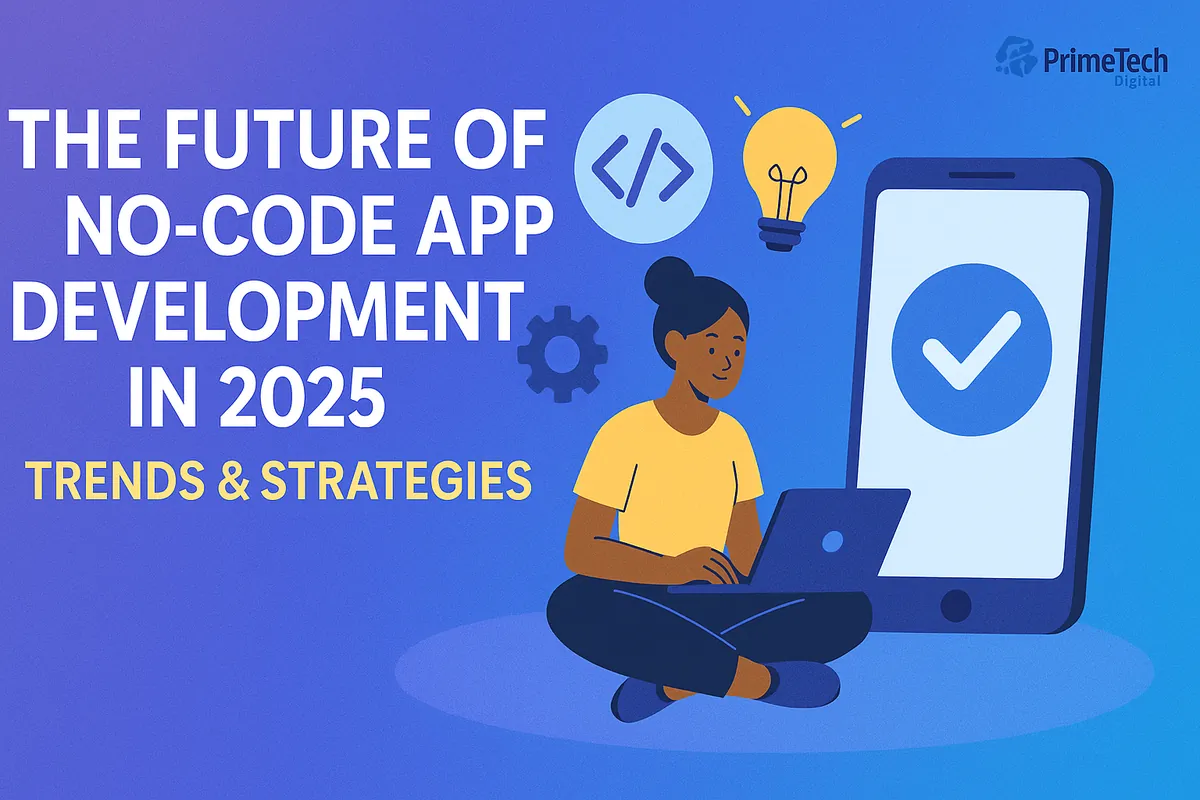
The no-code revolution has accelerated, and by 2025, it’s no longer just an alternative it’s the default way businesses build apps. With AI enhancements, deeper integrations, and enterprise-grade scalability, no-code platforms now power everything from hyper-personalized customer apps to complex workflow automations.
In this updated 2025 guide, we’ll cover:
✔ How no-code has evolved since 2024
✔ Top no-code platforms in 2025 (spoiler: AI plays a big role)
✔ Real-world use cases (from startups to Fortune 500)
✔ Future predictions & how to stay ahead
Platforms now use generative AI to suggest app layouts, auto-generate workflows, and even write basic logic.
Example: Bubble’s AI Copilot helps users build apps via natural language prompts.
No-code tools now support voice-controlled apps (Amazon Alexa, Google Assistant) and augmented reality (AR) interfaces.
Example: Adalo’s AR toolkit lets businesses create immersive shopping apps without code.
Build once, deploy everywhere (web, iOS, Android, PWAs) seamlessly.
Example: FlutterFlow 2025 compiles to native code with zero manual tweaks.
NDPA, GDPR, HIPAA, and SOC 2 compliance are now built-in for enterprise no-code solutions.
| Platform | Best For | 2025 Standout Feature |
| Bubble X | AI Web Apps | GPT-6 integration for dynamic apps |
| Adalo Nexus | Mobile + AR | Drag-and-drop 3D interfaces |
| Webflow AI | Marketing Sites | AI-generated SEO optimizations |
| Zapier 2.0 | Hyper-Automation | Self-learning workflow suggestions |
| Airtable AI | Smart Databases | Predictive data analytics |
No-code + quantum computing (experimental platforms already testing this).
Self-healing apps that auto-optimize based on user behavior.
AI "no-code mentors" that teach you app development interactively.
Author at PrimeTech Digital Africa